The Country Life guide to the Cotswolds: Where to go, what to see, where to stay and what to eat
Straddling five counties, the Cotswolds is arguably England's most famous region outside of London. Here’s our guide to what to do, where to stay and what to eat.

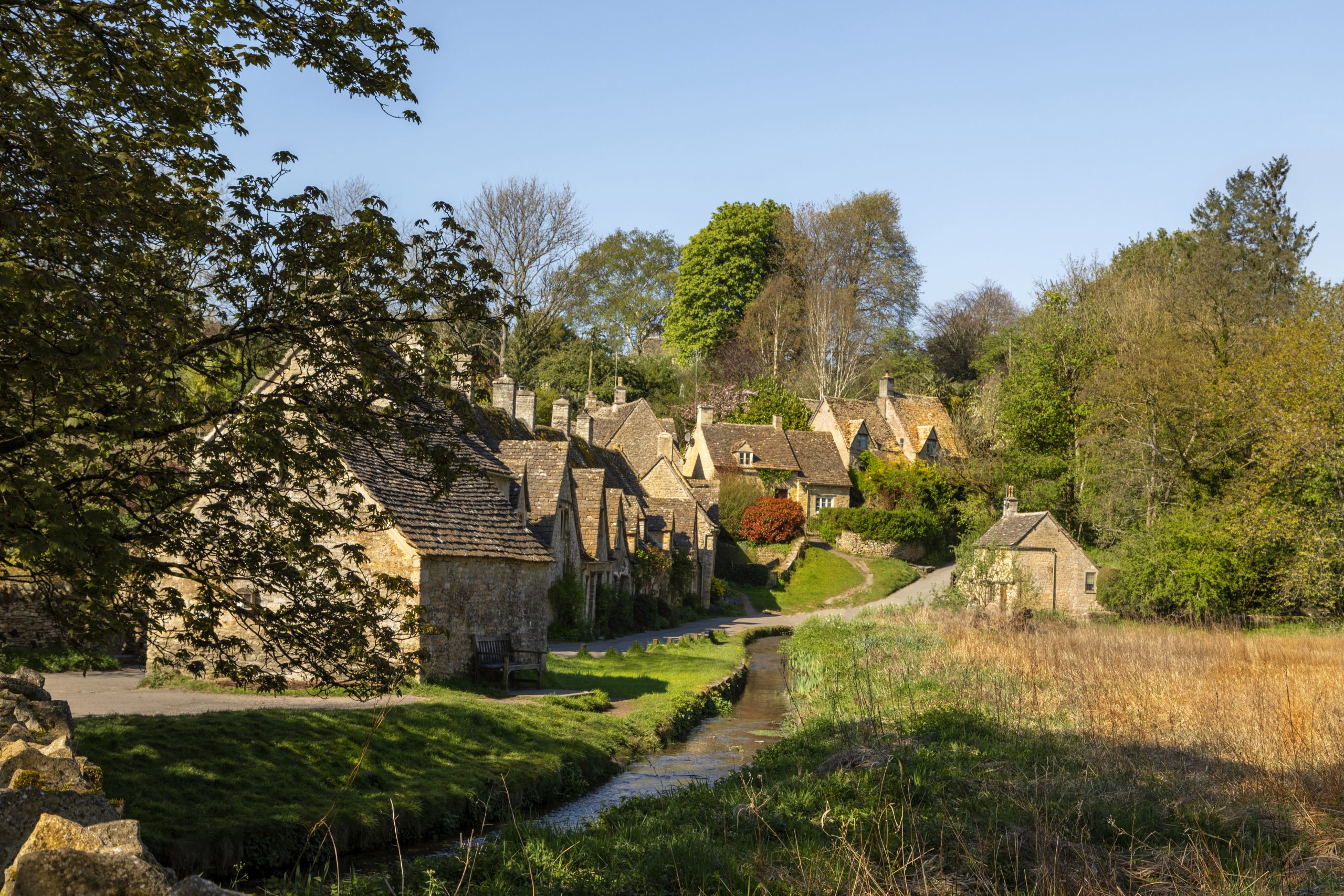
‘This lovely trick is at the very heart of the Cotswold mystery,’ wrote the novelist J.B. Priestley in 1933, after exploring the Gloucestershire village of Lower Slaughter at dusk.
He also observed that, even in the twilight, the stone walls were ‘still faintly warm and luminous… keeping the lost sunlight of centuries glimmering about them’. ‘It is this,’ he believed, ‘and not the green hills, the noble woods, the perfect flowering of architecture, that makes these villages so notable an enchantment.’

It is true that few places are as defined by the local golden stone as the Cotswolds, possibly because it looks so warm and inviting, whether it’s enveloping appealing cottages or grander country houses. However, although it is often described as ‘honey-coloured’, it can also be creamy, buttery or a more orangey marmalade, depending, of course, on where it has been quarried in this Area of Outstanding Natural Beauty (AONB), which spans some 800 square miles.
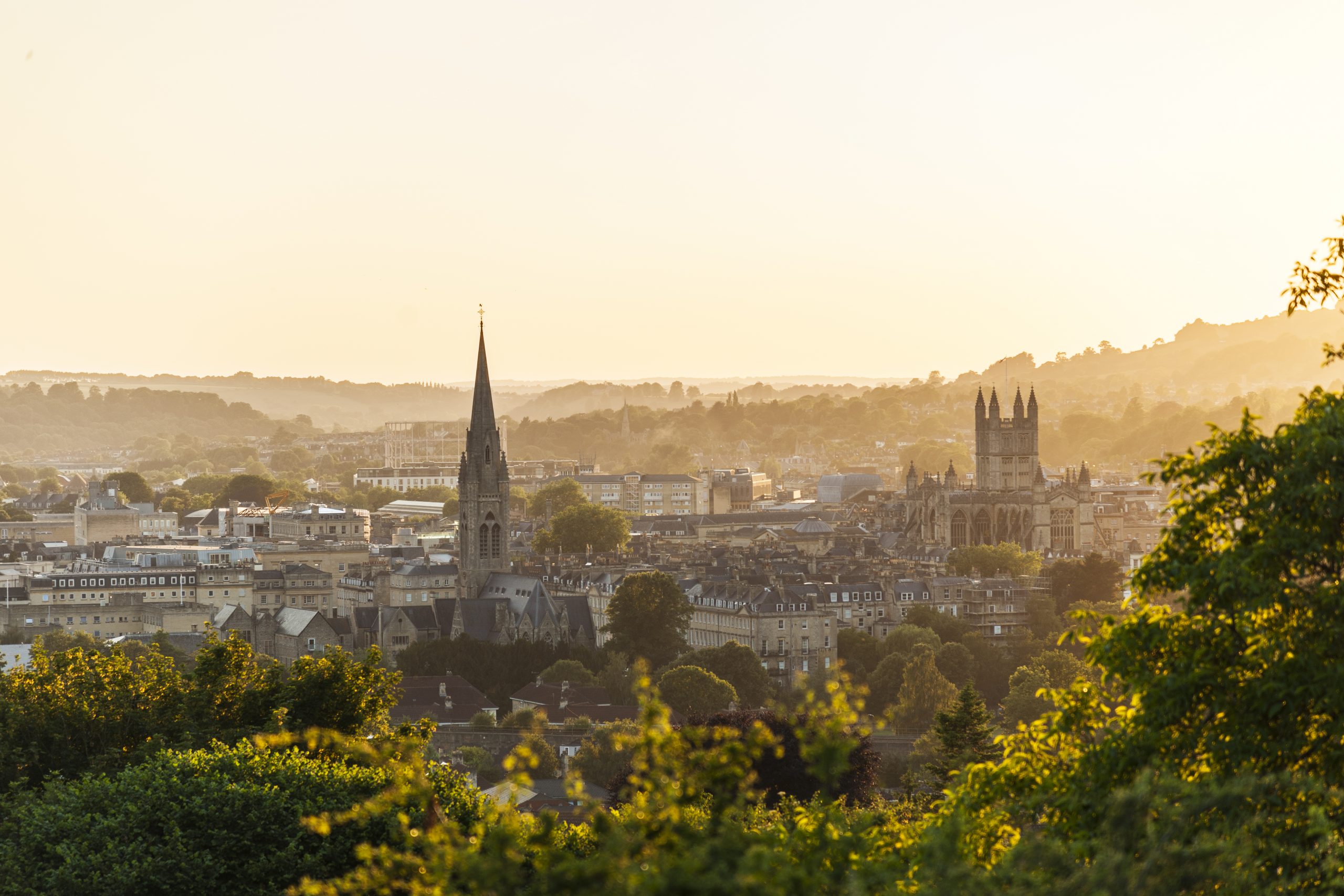
Covering five counties (Gloucestershire, Oxfordshire, Warwickshire, Wiltshire and Worcestershire), the Cotswolds can be traced on a map from Chipping Campden (with its impressive historic wool church of St James) in the North, right down to the Regency splendour of Bath in the south.
And how did it get its name, you might ask? Well, the most popular theory is that ‘cots’ comes from its prolific sheep pens and ‘wolds’ means rolling hills — although no one knows for sure.
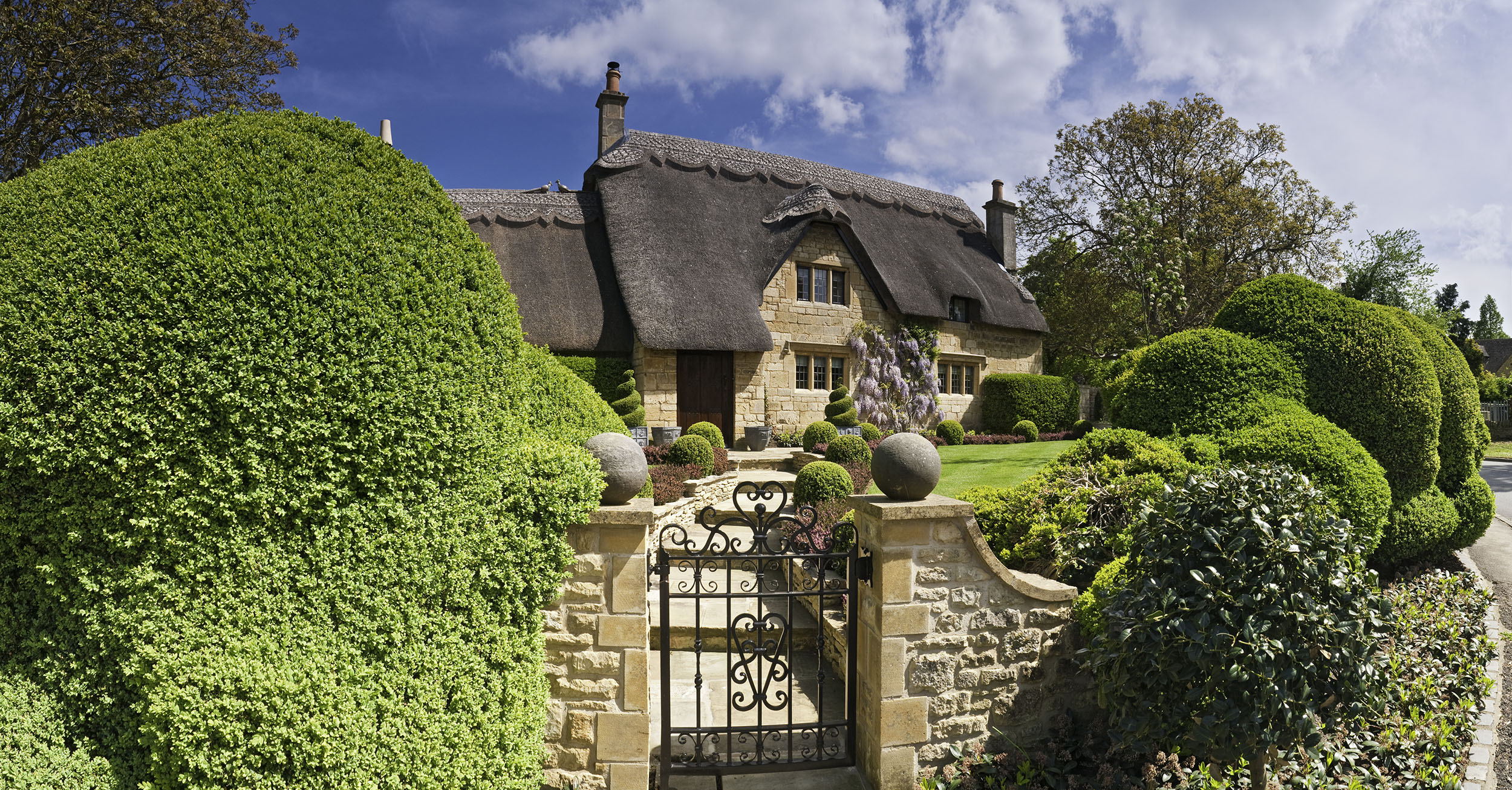
What to do in the Cotswolds
Walking
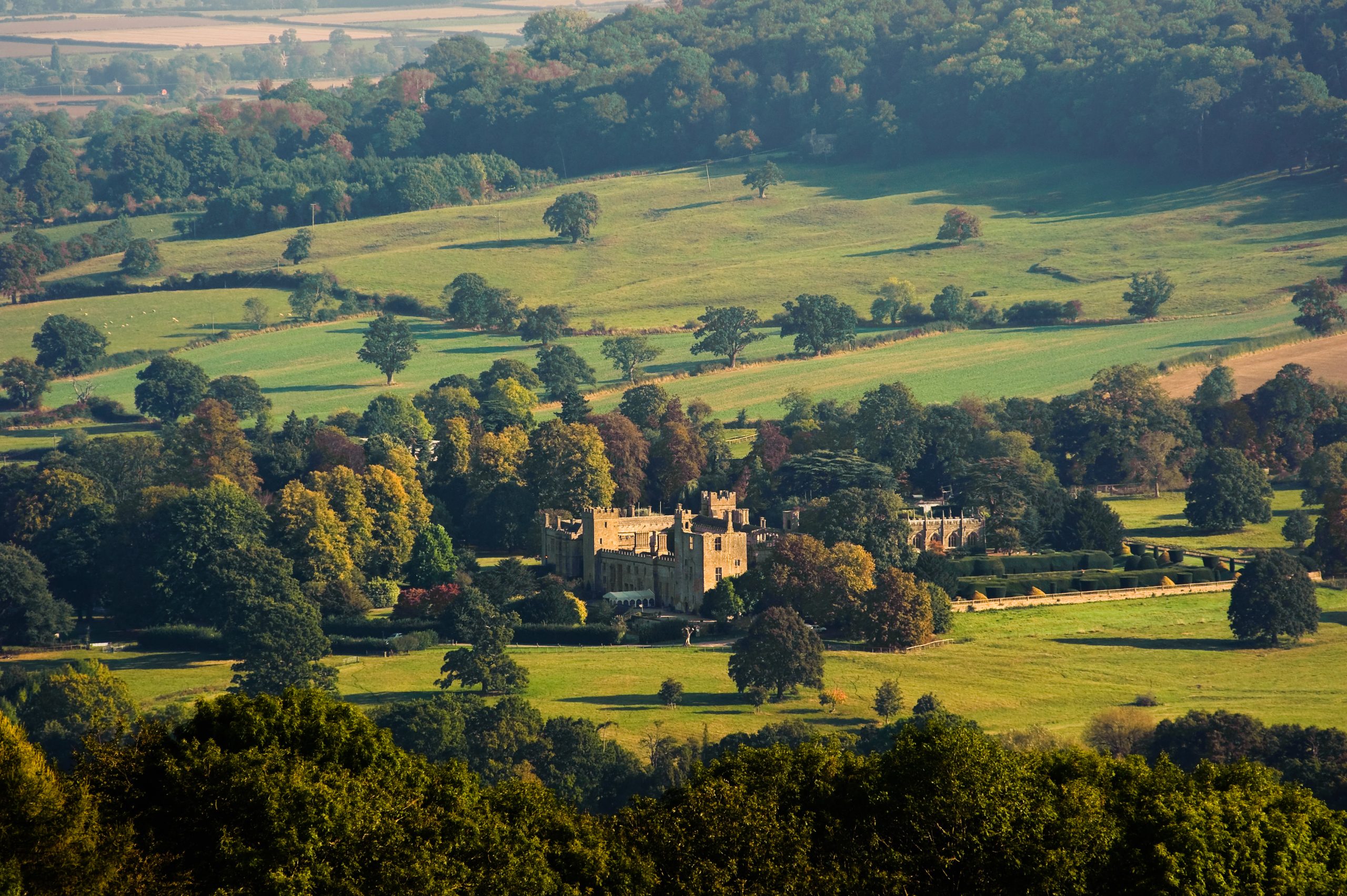
As it comprises 80% farmland and more than half of the UK’s flower-rich grassland — which, thanks to the largely underlying limestone, has always made it a great place to raise sheep and led to the late medieval wool boom that, ultimately, funded the way it looks today — one of the best ways to explore the Cotswolds is on foot. There are more 3,000 miles of footpaths, but the 102-mile Cotswold Way is a good place to start.
Cotswolds shopping
Blessed with a plethora of independent shops and boutiques, from Moloh in Tetbury, close to The King’s Gloucestershire retreat at Highgrove House and Gardens, to the ever-popular Burford Garden Centre and the myriad antiques shops in Stow-on-the Wold (and must-visit store, Cutter Brooks) — not to mention the Landmark series of country clothing stores in Broadway, Cirencester and Marlborough, there really is something for everyone.
Exquisite houses, the beauty of Nature, and how to get the most from your life, straight to your inbox.
Best country houses, arboretums and gardens to visit in the Cotswolds

However, apart from its gently undulating countryside, which is traversed by a network of stone walls as long as the Great Wall of China, the real crowning glory of the Cotswolds must surely be its abundance of country houses, gardens and arboreta. In no particular order, my favourites include Westonbirt Arboretum, with 2,500 tree species near Tetbury; Kelmscott Manor, the former summer home of William Morris and the painter Dante Gabriel Rosetti; Hidcote Manor’s world-famous Arts and Crafts garden created by celebrated horticulturist and plant collector, Maj Lawrence Johnston; Sezincote House, an Indian temple with Repton landscaped grounds, featuring a series of pools that tumble into the River Evenlode in the valley below and, finally, the sheer splendour of 300-year-old Blenheim Palace in Oxfordshire, where Sir Winston Churchill spent his childhood.
Best hotels in the Cotswolds
Thyme, Southrop, Lechlade
It may have begun life as a cookery school, but Thyme — which owner Caryn Hibbert describes as ‘a village within a village’ — has evolved into a sympathetically restored collection of buttery-hued stone buildings (a former rectory, an old farmhouse, charming cottages and a series of ancient barns) that now house a hotel, restaurant, spa and a shop.
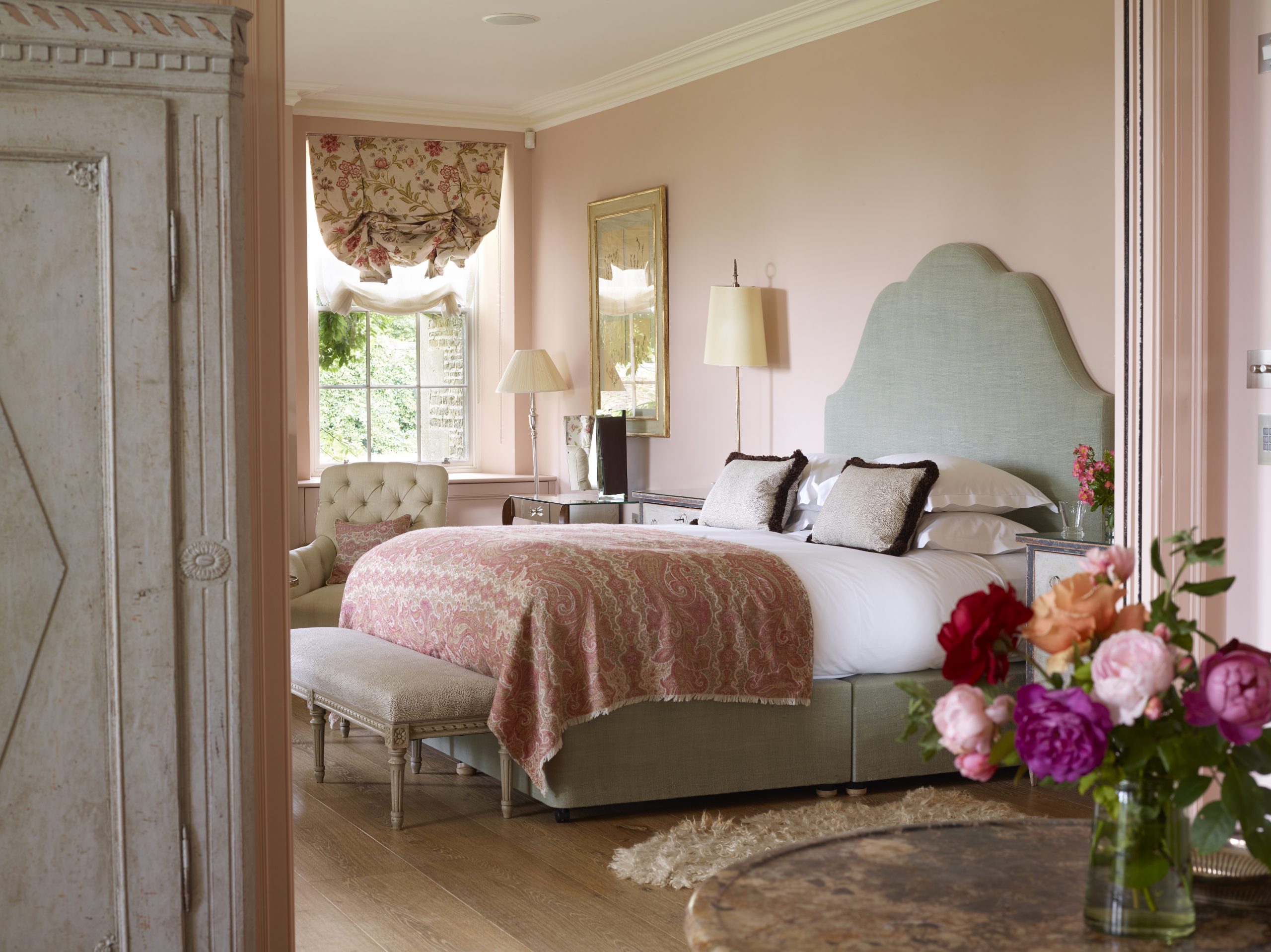
There are also extensive gardens and water meadows, all managed sustainably for the good of Nature, plus a low-ceilinged pub in the shape of The Swan, next to the village green in Southrop.
Wild Thyme & Honey, Ampney Crucis, near Cirencester
Backing onto a babbling trout-filled brook and the local cricket pitch — which it’s possible to walk your dog around, thanks to a handy bridge that links this boutique country inn one of the area’s quietest and prettiest villages — Wild, Thyme & Honey is a successful marriage of modern, well-equipped rooms and a 16th century pub. The food might be more hearty than flashy, but the service is exemplary and when they say they’re dog-friendly, they really mean it, as pooches are allowed at their owners’ tables in most areas, including the comfortable lounge cum reception area.
The Fish, Farncombe, Broadway
More of a series of quirky huts and houses than a conventional hotel, The Fish is located on a hillside within a 400-acre estate that’s also home to ‘do as you please’ country-house retreat Foxhill Manor and the ever elegant Dormy House.

Centred around a lodge and the ‘Hook’ restaurant — which, yes, you’ve guessed it, specialises in seafood — this establishment promises a relaxing stay in the heart of the Cotswolds countryside, minutes from the achingly attractive Broadway, teeming with tearooms, art galleries and independent shops.
The Ebrington Arms, May Lane, Ebrington, near Chipping Campden
For those looking for a quietly authentic pub in a charming Cotswold village, complete with chocolate box cottages clustered around an olde-world square, this 17th century hostelry with rooms could be just the ticket. It has buckets of character, from flagstones and a crackling fire in the cosy bar (the perfect spot in which to enjoy a whisky mac) to simple, yet inviting bedrooms and wonky wooden floors upstairs.
OK, so the food might not be worthy of a Michelin star — my goat’s cheese soufflé with beetroot and caramelised walnuts starter was far tastier than the pot-roast chicken with pearl barley and roasted roots main — but what it lacks in culinary style was more than made up for by the relaxed atmosphere and cheerful staff.
Double Red Duke, Clanfield, Bampton
Immediately recognisable thanks to the bold red and white striped parasols in the garden, this handsome three-storey 17th century inn with rooms — named after a local folklore character — is renowned for the quality of its food (try the steak cooked on an open grill) and its spoiling rooms, many of which have cheeky red accents.

Aside from the smart bar in a shed, ideal for enjoying a lazy afternoon tipple, there’s also a
shepherd’s hut that doubles as a spa and a host of walks to wander along.
The Fox at Oddington, Lower Oddington, Moreton-in-Marsh
Refurbished by Lady Bamford — and only a stone’s throw from her Daylesford Organic farmshop and Bamford Wellness spa near Kingham — The Fox is another pub with rooms rapidly making a name for itself.
The dishes make the best use of local produce from the Bamford’s Gloucestershire and Staffordshire estates and the tastefully decorated rooms (muted linens, exposed beams and wooden doors) are inspired by the surrounding countryside. For larger groups, there’s also the genteel, four-bedroom Coachman’s House opposite.
Coombe End Manor, near Cheltenham
Reached via a tree-lined avenue and overlooking mature woodland, this imposing manor house has monastic roots that date back to the 15th Century. Recently renovated to exacting standards, without detracting from its historic character and traditional layout, this romantic eyrie has no less than six reception rooms, a medieval banquet hall, 10 bedrooms (eight en-suite), a billiard room and an outdoor pool that’s heated all year round. Not to mention two full-time housekeepers, who live on the estate, plus a chef and an assistant to cook for you as and when required.
The best restaurants in the Cotswolds
The Woolpack Inn, Slad, Stroud
Lauded earlier this year by the food critic Grace Dent, for serving ‘fancy, but hearty food’, The Woolpack has been delighting its patrons — including lifelong Slad resident, Laurie Lee, who penned Cider with Rosie in the village, which clings to a hillside in between Stroud and Painswick — for the past 300 years.
The menu might look simple — asparagus and butter, onglet, chips and horseradish — but, as Grace says: ‘This is confident, swaggering cooking. You’ll get fed until you can barely walk.’
The Longs Arms, South Wraxall, Wiltshire
This 17th century pub, where Sir Walter Raleigh is said to have first smoked tobacco, is named for the prominent Wiltshire family that held a manor in this perfectly formed village from the 1420s until the 20th century. Only three miles from Bradford on Avon, we were so lucky to discover it quite by chance when looking for a spot at which to indulge in an impromptu wedding anniversary lunch. Fortunately for my husband, we realised we’d hit the epicurean jackpot as soon as we read chef patron Rob Allcock’s seasonal menu that changes daily. When it comes to pudding, don’t miss the exquisite passion fruit choc ice, with hazelnuts and honeycomb.
Grill and Tavern at The Lygon Arms, High Street, Broadway
TV chef James Martin, who grew up on the Castle Howard estate in North Yorkshire, has recently partnered with the 650-year-old Lygon Arms to open two restaurants, Grill (in the main hotel) and Tavern (in an adjoining, but separate building), on the arresting High Street.
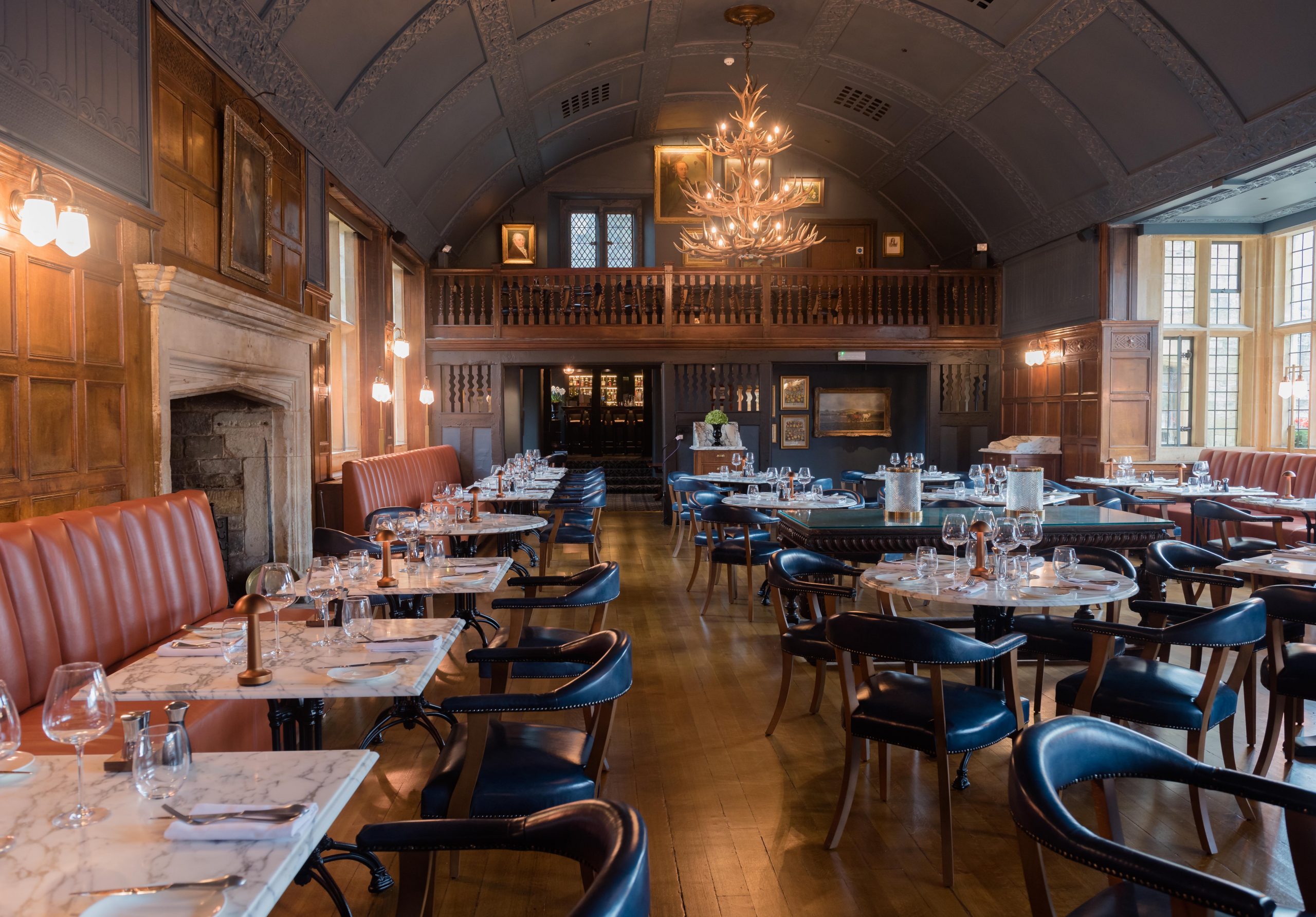
This imposing Tudor coaching inn, where Oliver Cromwell slept before the pivotal battle of Worcester in 1651, has long served traditional dishes in a series of ancient, yet welcoming and intimate spaces. And, having enjoyed a delicious lunch in a private room here in March, I’m sure that James’s signature dishes — such as dry-aged Longhorn beef wellington and ‘humble crumble’ with ice cream and hot custard — will be a big hit with locals and visitors alike.
The Dining Room at Whatley Manor, Easton Grey, Malmesbury, Wiltshire
Owned by former event rider Christian Landolt since 2003, this country-chic Cotswolds hotel with 26 different gardens in 12 acres and two restaurants, Greys Brasserie and the Michelin-starred The Dining Room — now under the leadership of executive head chef, Ricki Weston — has long topped best places to eat lists.
Begin with such pared back, but flavourful choices as mussel tart, roasted lemon and caviar or potato, lobster and XO, followed by scallop, crème fraîche and trout roe or brill, spiced citrus, champagne and potato, before finishing with 75% chocolate, peppermint, olive oil or plum, custard and honey vinaigrette.
The Kingham Plough, Kingham, near Chipping Norton
With exposed beams, stone walls, big, open fireplaces and spacious dining areas, this pub with six rooms specialises in modern British dishes with Mediterranean touches from head chef Ash Farrand, who like predecessor Jonny Pons was formerly of Ellenborough Park Hotel near Cheltenham. Starters include a Salt Pig charcuterie board and wood-fired Wye Valley asparagus with pea and wild garlic, crispy chicken skin and a poached egg. As far as the main event is concerned, however, I, for one, would find it hard to choose between the venison pie and the Hereford minute steak and chips.

The Country Life guide to Dorset: Where to go, what to see, where to stay and where to eat
Magnificent coastline, beautiful countryside, irresistible romantic ruins and wonderful local produce make Dorset a superb place to go. Here's our
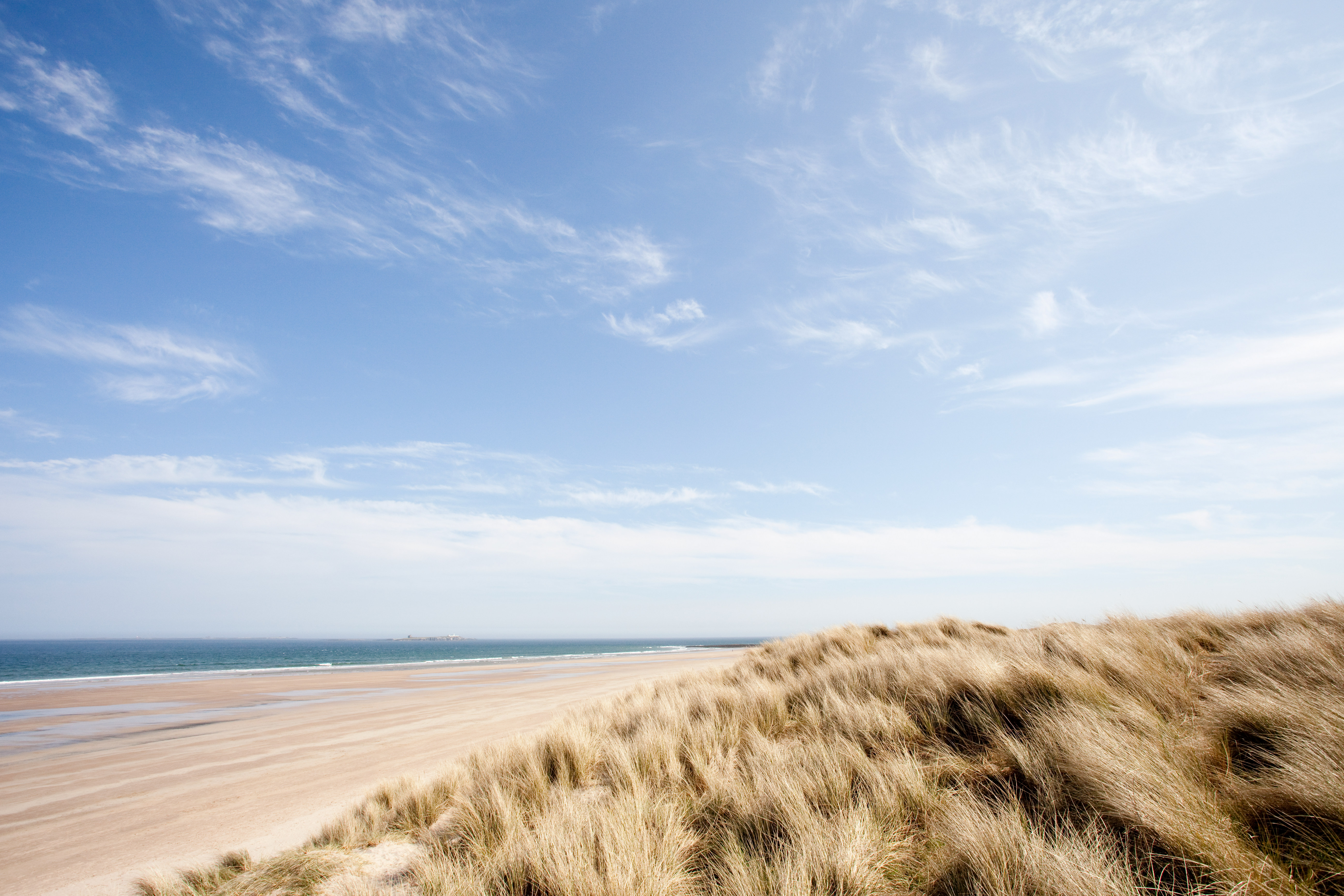
Credit: Getty Images/Image Source
The Country Life guide to Northumberland: Where to go, what to see, where to stay and what to eat
Crowd-free beaches, coastline, marshes and meadows, and plenty of wildlife make Northumberland a superb place to go. Here's our guide
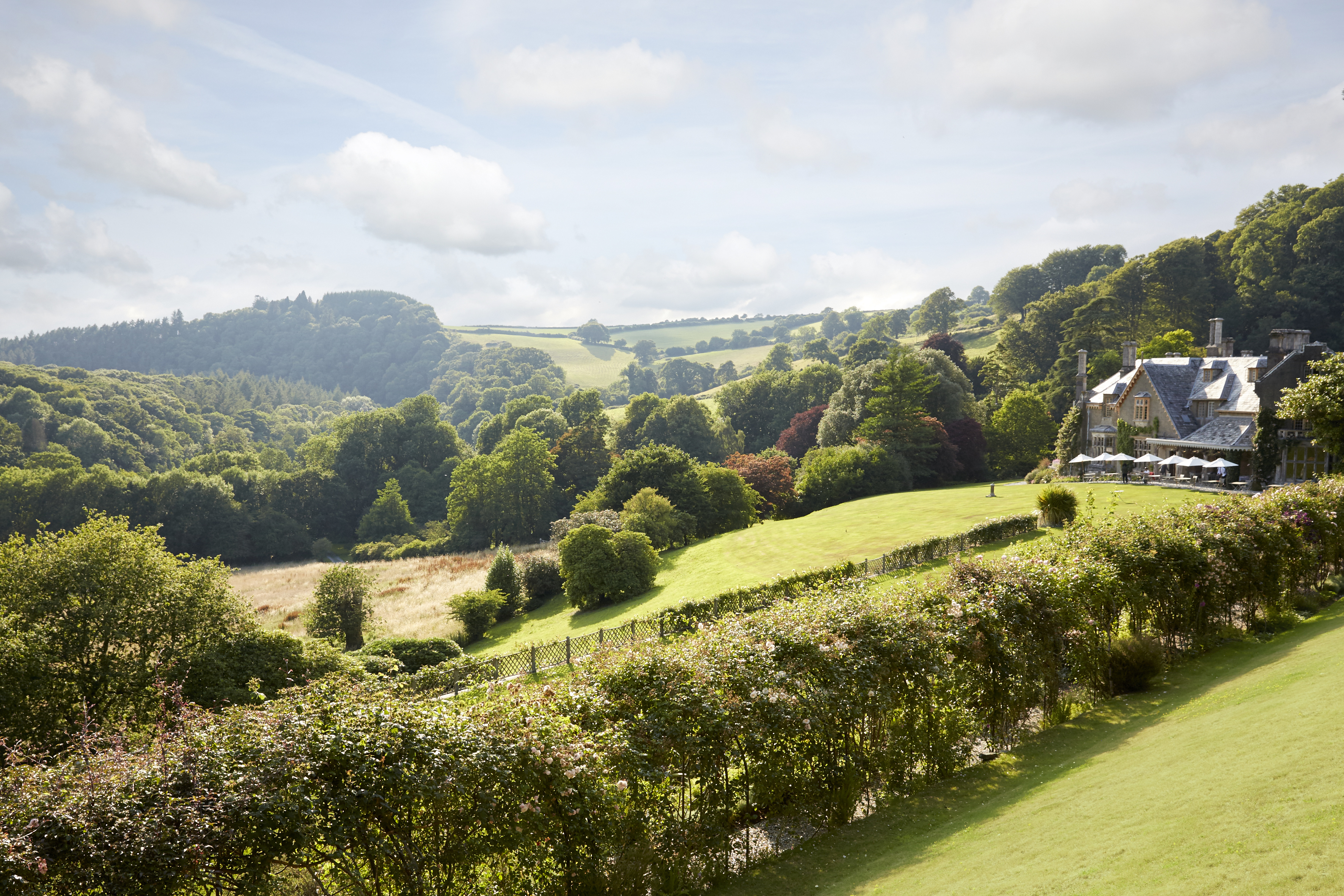
Credit: Paul Massey
The Country Life guide to South Devon: Where to go, what to see, where to stay and what to eat
Mile-upon-mile of coastline, England’s largest fish market and idyllic scenery make South Devon a fantastic staycation destination. Here’s our guide
An experienced journalist, Paula Minchin, Country Life's Managing & Features Editor, has worked for the magazine for 10 years — during which time she’s overseen two special issues guest-edited by His Majesty The King in 2013 and in 2018, and the bestselling 2022 edition masterminded by his wife, Queen Camilla. A gamekeeper’s daughter, Paula began her career as a crime reporter on The Sidmouth Herald in Devon, before becoming Pony Club & Young Rider Editor, then Racing Editor, at Horse & Hound. Paula lives in Somerset with her two working Labradors, Nimrod and Rocky.

